Where To Stay In Split (7): Off the Beaten Path
Staying in the heart of a 1,700 year-old city is unbeatable, and as we have already seen in this series, the vicinity of Split old town has many advantages when it comes to accommodation. One of the parts of Split we would like to recommend is the big area northeast of the old town. Those neighbourhoods are locally known as Lučac (pron. Lootchats), Manuš (Manoosh), Gripe (Greepae), and a little bit further are Bol and Dobri (Dawbry). This is for many reasons a very convenient place to stay: it's only minutes away from the old town and all important attractions. Beaches are also very close, and apartment prices are very competitive, real value for money. These neighbourhoods are early examples of urban Split, and staying there might give you a really good insight into the way of living in Split. Unlike the old town, or Varoš, or even Bačvice, there are many inhabitants still living in their apartments, meaning in these areas it's possible to experience some real life. That also brings some responsibilities for guests - respect your neighbours, they are there longer than you.
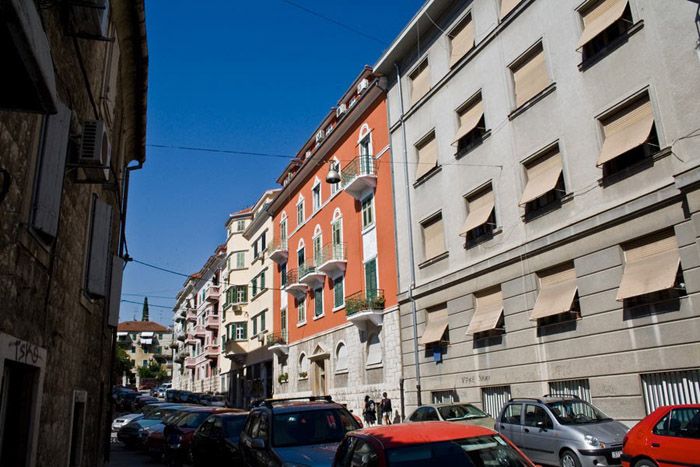
This area gives you several different moods, and living styles. Closer to Diocletian's Palace you can find narrow streets and old stone houses, very much like those in the old town or even more like in Varoš. This is the most vivid in a street called Radunica, and surrounding alleys, which are packed with apartments and rooms during summer. There are even a few hostels around.
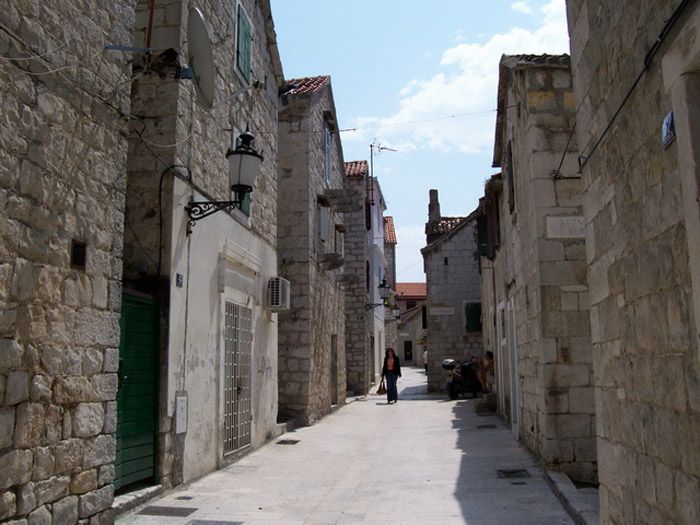
If you go further north and east bound, you will find nice quiet streets, but with bigger buildings. The further you go, the more Split changes its look, and becomes more modern. Nevertheless, it's still Split, with its unique atmosphere.
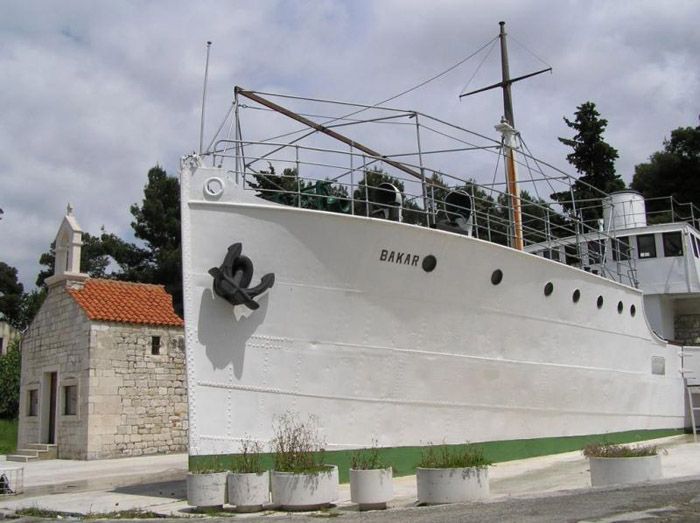
There are not so many attractions in this area, this is mainly residential. The biggest one by far is Gripe Fortress, with the Croatian Maritime Museum, including part of steam ship Bakar in its yard, which served as a convoy ship during WW2. If you are a basketball fan, very close to the fortress is the small sport arena, the home of Split basketball club, former Jugoplastika, which was named by FIBA as the best team in history. NBA players Toni Kukoč, Dino Radja, Žan Tabak, and many, many others are its legends.

We have already said that accommodation in this part is easy to find, there are plenty of apartments. We typed in a random search for mid-June in AirBnB, and results are impressive, with some nice examples. However, there are not only apartments and rooms available, but also hostels, one of them was featured in Total Split, design hostel Emanuel.
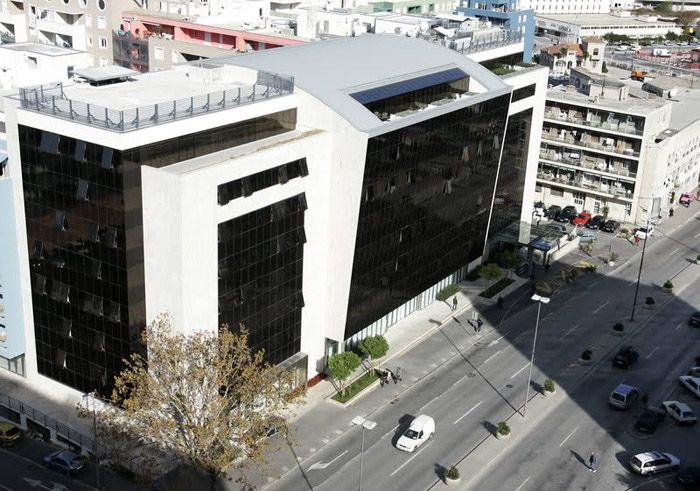
On the verge of these neighbourhoods, especially on its northwestern edges, there are several good hotels, with four or even five stars, like President, than Best Western Art Hotel based in former pastry factory. Also, the best rated is business oriented Atrium, and there is also more moderate, but excellently located Globo.
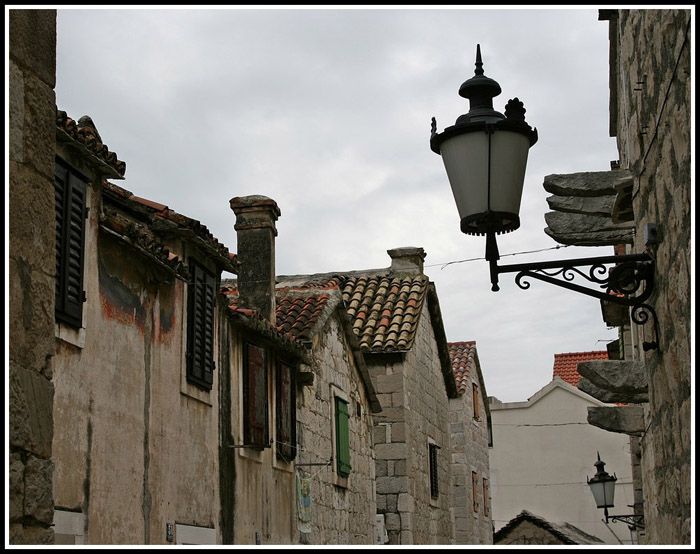
Being a residential area usually means there is almost no nightlife, and that goes with this area, too. There is a club called Masters within the sport center on Gripe, and that's pretty much it. The same goes for bars, and restaurants. Go to the old town for gastronomy or liquid pleasures. Still, it can be fun to drink where locals drink, at least morning coffee. People in Split are very loud, in small amounts it can be interesting to foreigners. There is, of course, one special place, Total Split's favorite pub in Split, and the oldest one, too - Basket.
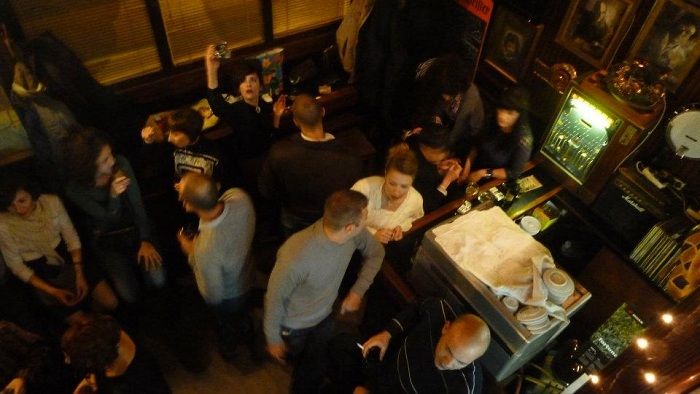
the downsides of this area, let's call it Split NE, are few. First, there is no tourist-oriented life (except accommodation), but that's not the big problem, especially for those who consider this as an upside. Also, this area has a problem with parking, like most of Split. There are paid parking lots closer to the Palace, but the rest is mostly left to your skills and luck. Not to mention that people who live there are also parked around. However, since it's so close to the old town, you can leave your car there and basically don't need to move it.
PREVIOUSLY IN WHERE TO STAY IN SPLIT
Choose Neighbourhood By Your Needs
Two Charming Old Neighborhoods: Veli Varoš and Radunica
On either side the historic core of Split you will find two charming neighborhoods with each their personal history to tell. They are known as the oldest suburbs of Split.
Veli Varoš (Varoš) is located above Trumbićeva obala street just west of Riva, on the southern slopes of Marjan. You can venture into Varoš through many winding roads that lead you into this labyrinthine neighborhood. Easy access points include; next to St. Francis church, beyond Prokurative, or via stairs at the western end of Trumbićeva obala
This charismatic neighborhood takes more after an island village with traditional Dalmatian rural-like stone houses, narrow lanes, and scattered churches. This is becuase Varoš was developed by fishermen and farmers who came to Split to make a living and to seek shelter from the Ottoman invasion. Varoš however, was indeed later havocked by the Turks. Today, Varoš is not only the living quarters of fishermen who are surviving off their daily sardine catch but is quite a prestige joint to invest in. Varoš’s real estate market has boomed and many boutique luxury apartments have chosen the cute houses of this neighborhood to be their home.
The most notable structure in Varoš is the adorable Church of St. Mikula from the 11th century. Notice the inscriptions on the portal; the names of a couple from the neighborhood. If you pass by in spring, the roof blooms with a few colorful flowers. Other prominent churches include the Kris church with an onion dome and Gospe o' Soca.
Radunica is located east of the city across the street from the vegetable market built in a medieval urban style. Radunica was the central street of the Lučac suburb that was settled 500 years ago by the arrivals from the Republic of Poljica, an autonomous community of “peasants” from Omiš. Although Radunica is in essence a street name, the whole neighborhood is referred to as such today. The many intersecting streets are named after those original families; Kuzmanić, Ninčević, Kuzmić, Ružić, Bubalo, Trumbić, Duplančić, Dumanić, Petrić, Prvan, Vešanović, Dvornik, Čulić and so on.
Radunica is famous for its popular street festival “Days of Radunica” first held in 1994 in an attempt to spark independent Croatia’s socials and cultural identities. It is held during the last week of June every year during the celebrations of St. Petar; also the name of a church in Radunica that was destroyed in WWII. The Days of Radunica take on a real folk feel with klapa performances, traditional bingo, poetry readings, traditional food and drinks.
Salona

